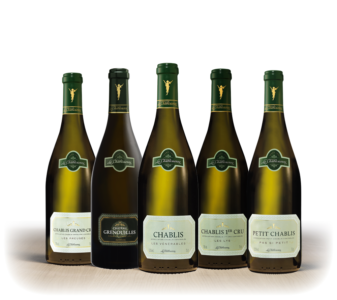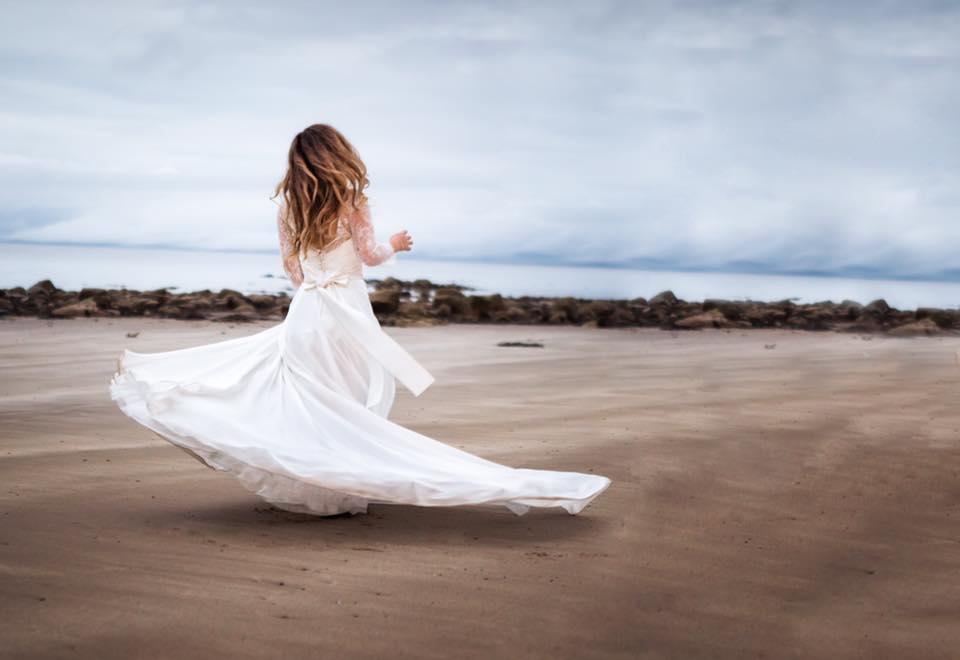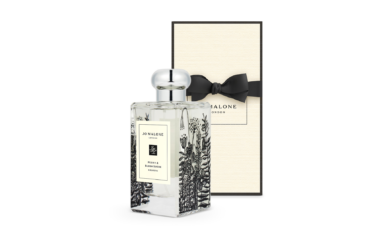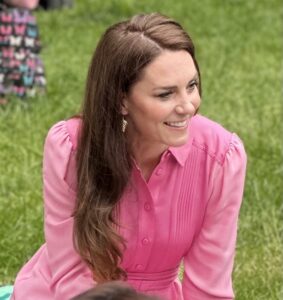Antonia Mariconda’s Essential Sun Protection Guide
We first met the lovely Antonia Mariconda at Royal Ascot. She was a fellow guest of acclaimed beauty brand Carol Joy London in their private box that overlooked the finish posts. Antonia is extremely glamourous and you can tell from her healthy glow that she must know a lot about beauty and skin care – this is an understatement!
Not only is Antonia an award-winning beauty blogger and published author but she has also presented on Sky Fitness and is the founder of The Safety in Beauty Campaign. Antonia is a dedicated tweeter (follow her at @cosmediccoach) and regularly shares her words of wisdom.
Considering her impressive knowledge of all things beauty, we are thrilled that she has agreed to share some crucial seasonal tips with readers of The Sloaney. As the British Isles basks in a glorious heatwave and many people are jetting off to even hotter destinations, her features and tips about protecting your skin are particularly apt.
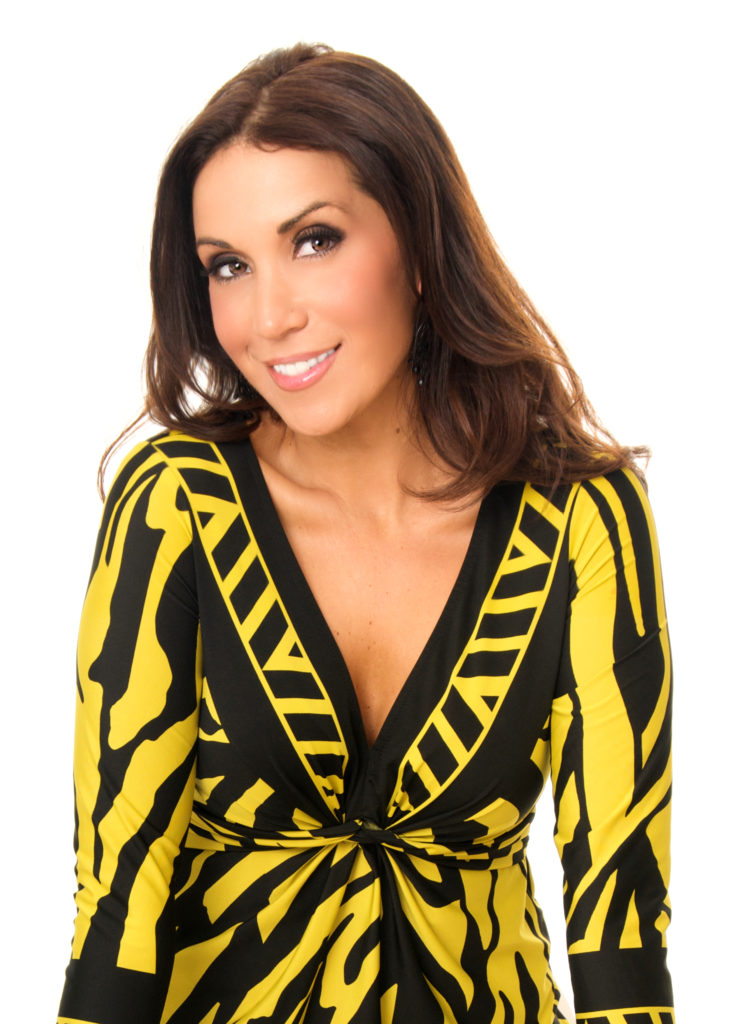
Antonia Mariconda
Antonia Mariconda’s Essential Sun Protection Guide
Most people know that it’s sensible to apply sun screen to the skin in order to prevent burning. If the thought of ageing, sagging, sun damaged skin that is rife with age spots is not enough to convince people to apply sun protection, then the very real threat of skin cancer certainly should be.
The statistics in relation to the prevalence of skin cancer are concerning. In the UK, skin cancer is much more common than it used to be, with malignant melanoma (the most serious form of skin cancer) being the 5th most common cancer in 2011. Over 13,000 new cases of melanoma are diagnosed each year. This figure is 5 times higher than it was in the 1970s.
In the US, current estimates indicate that 1 in 5 Americans will have some form of skin cancer during their lives (The American Academy of Dermatology). On average, one American dies every hour from melanoma.
It seems logical, therefore, for people to protect their skin by using sun protection. Sadly, many underestimate the importance of this. It is astounding that a poll by Macmillan Cancer Support of 1,500 women aged 18 plus, found that even on a sunny day, 23% of women don’t wear protection. And of those who do, a staggering 83% fail to apply it correctly, and nearly a third (31%) wear factor 10 or under. Macmillan recommends that an adult should wear at least an SPF of 15.
Come rain or shine, sunscreen really is the most important anti-ageing skincare essential you can invest in. I am always asked so many questions about sunscreen and I hope to answer the main points in the following comprehensive guide to protecting your face and body from damaging rays.

Do you have to use sunscreen when it’s cloudy?
Yes. UV rays can penetrate through thin clouds, and the level of UV radiation is not dependent on temperature, meaning that skin damage can occur even on cloudy, cool days. In fact, patchy clouds can intensify UV levels because radiation is reflected off the cloud’s edge which then focuses on the ground.
What SPF should you use on your face?
You should always go for the highest possible protection on your face. Marea Brennan Thorns, who is an Advanced Nurse Practitioner in Aesthetic Medicine, recommends SPF50 and says SPF in your foundation isn’t enough to protect you in the sun.
What is the difference between UVB and UVA rays?
UVB rays cause burning, whilst UVA rays are the ones responsible for skin ageing and are associated with DNA damage.
How important is wearing sunscreen in the battle against skin ageing?
The most important skin-care product available to prevent wrinkles is sunscreen. Both UVA and UVB rays cause wrinkles by breaking down collagen, creating free radicals and inhibiting the natural repair system of the skin.
Do sunscreens protect against UVA and UVB rays equally?
The SPF on a bottle of sunscreen tells you the amount of protection from UVB rays that the product offers, and in the UK, a star rating tells you proportionally how much UVA protection is in a sunscreen. Five stars means an SPF15 will offer the same level of UVB and UVA protection; whereas three stars (the EU standard) tells you that your SPF15 will give you lower UVA protection than UVB. Also look for sunscreens that are labeled ‘broad spectrum’ as only sunscreens that protect against UVA and UVB rays are legally allowed to use this label.
How often should you apply sunscreen?
Always apply a generous amount of sunscreen 20 minutes before sun exposure and then reapply every two hours.
Which formulation offers more protection – spray, gel or cream
All formulas will give you the same amount of protection; it’s really down to individual preference. Most sunscreens last 18months and it’s a myth that sunscreens drop in SPF over time.
If you go in the sun should you avoid using products containing Retinol (Vitamin A) ?
You shouldn’t use products containing Retinol if you’re going to be exposed to the sun because it will make your skin more susceptible to UV rays and actually cause skin to age faster.
What are the best ingredients to look for in a sunscreen?
Sunscreen ingredients can be divided into physical compounds that block radiation, and non-physical compounds that absorb radiation. Look for scientifically advanced physical sunscreens like Titanium Dioxide and micronized Zinc Oxide, they provide broad-spectrum sun protection.
What is the future of sun protection?
Cutting edge sunscreens not only protect against UVA and UVB rays, they also offer anti-ageing properties and reverse and repair DNA damage.
What do you recommend as the best products?
My top recommendation is iS Clinical Extreme Protect SPF 30 (100g – £60.00 ) as it provides broad-spectrum protection and helps to repair solar damage by reducing redness and inflammation associated with sunburn. I also like Karin Herzog Oxygen Sun Face & Body Cream (150ml – £37.50), Heliocare Advanced UV Protection Range and Neostrata Skin Matrix support SPF 20 (50ml – £54.00).
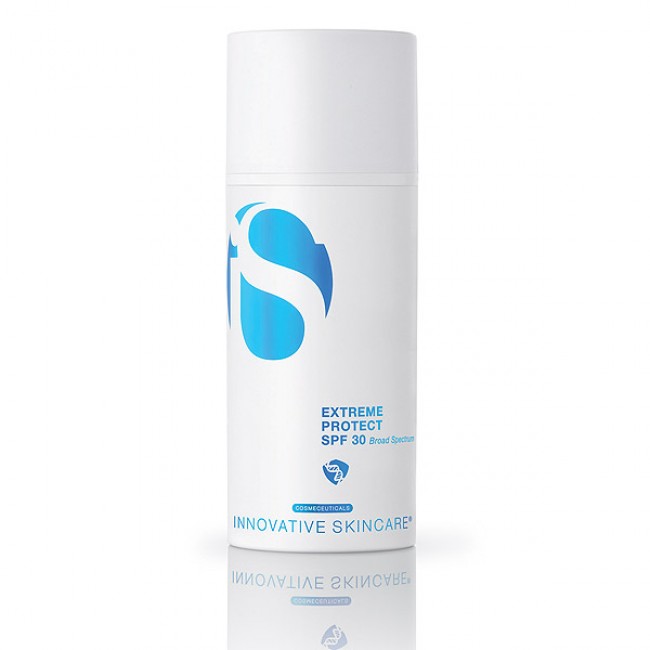
iS Clinical Extreme Protect SPF 30 – 100g – £60.00

